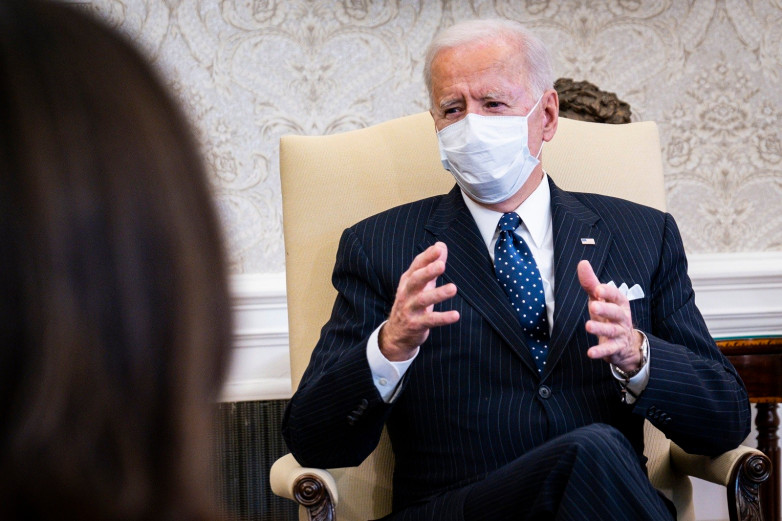The America Rescue Plan: What is it Rescuing?
Biden meets with business leaders to discuss the need for the American Rescue Plan
After much anticipation and discussion, it is almost time to start checking your mailboxes for Biden’s new stimulus check. Congress has finally reached the halfway point to passing Biden’s $1.9 trillion stimulus plan, which is hopefully expected to be released in a matter of weeks.
Biden’s stimulus check, the American Rescue Plan, is the third payment Americans will be receiving amidst the COVID-19 pandemic. The plan is set to benefit workers and individuals who have quickly drained their state benefits from the Coronavirus Aid, Relief, and Economic Security Act (CARES ACT).
Though the Trump Administration and Congress only agreed on two stimulus checks, many Democrats and a handful of Republicans thought that the December stimulus was unsatisfactory in size; only $600 were sent out for both adults and children at the end of December. With the skyrocketing numbers of coronavirus in the winter season, the distribution of vaccines, as well as the scarcity of jobs, a new stimulus boost was necessary.
So what exactly is in this new plan?
At its center, the check is around a $1,400-per-person payment made to various groups of people including, adults, children, adult dependents, etc. The boost is so huge, a family of five averaging around $150,000 in 2020 could receive roughly around $7,000 in stimulus money, according to Forbes Stimulus Check Calculator. Yes, it is a monstrous surge in money, however, there are eligibility requirements to prevent families that are not in need of money from taking advantage of it in ways that are dishonest or not beneficial.
The most shocking quality aside from the enormous amount of money is the proposed increase of minimum wage to $15 per hour as opposed to $7.25 per hour, the rate it has been at for the past decade. The wage increase will also simultaneously end tipped minimum wage as well as sub-minimum wage, for those who are disabled.
“I think that minimum wage should be based on the cost of living in each state. I don’t think national minimum wage makes sense because, for example, the cost of living in California is much more different than the cost of living in Kansas,” stated Rochester Adams junior, Cassidy Tomezak, when asked about the controversy over minimum wage.
As of Wednesday morning, the Senate parliamentarian ruled that the wage increase cannot be included in the Senate bill, due to limits that are included in the budget reconciliation. If the Democrats want to

(KTLA5)
continue with the minimum wage boost, they will have to propose it in a separate bill. For now, the bill will bounce back to the House.
Relief from the coronavirus, however, is not the main focus of the bill. A great portion of the bill actually covers other issues including transportation and infrastructure, and aid for state and local governments. Biden wants to supply state, local, and territorial governments with 350 billion dollars worth of funding. Controversy has sparked in the past from this topic as Republicans declared this proposal an excuse to bail out the “blue states” back in December. As far as transit, $90 billion is talked about being set aside while transit agencies will get $28 billion in the form of grants.
“The bill that passed the House of Representatives is needed for help for vaccine distribution, small businesses, schools, unemployment, etc. However, there is also a ton of pork barrel spending included in the bill that has nothing to do with COVID-19 relief. It will be interesting to see what stays in the bill and what is removed during the markup session in the Senate,” said Rochesters Adams’ AP Government and Politics teacher, Jeff Hall.
Congress is hoping to pass the plan by March 14th, but with the Senate vote, it might be later.










